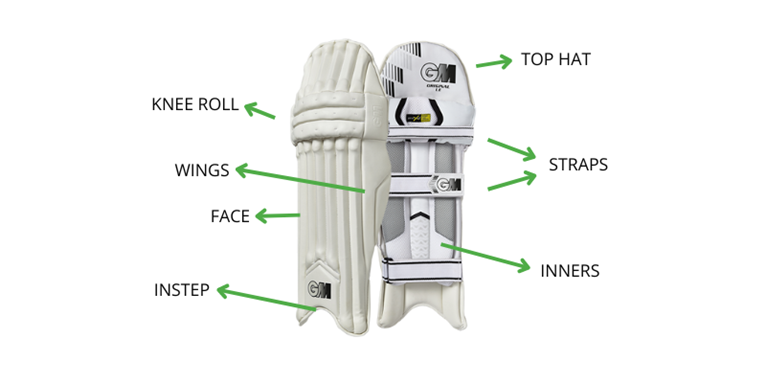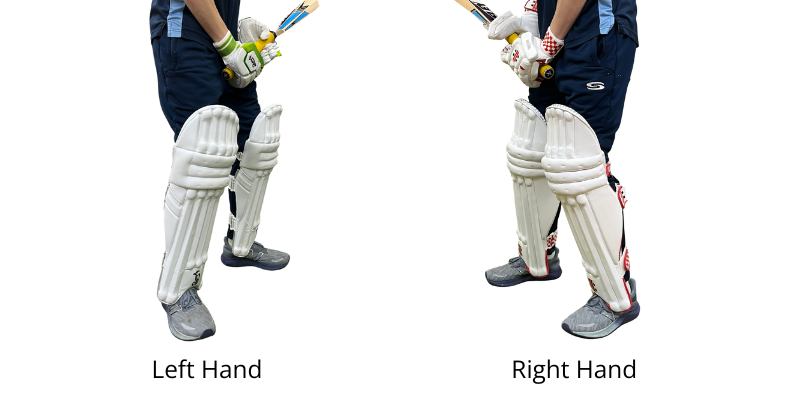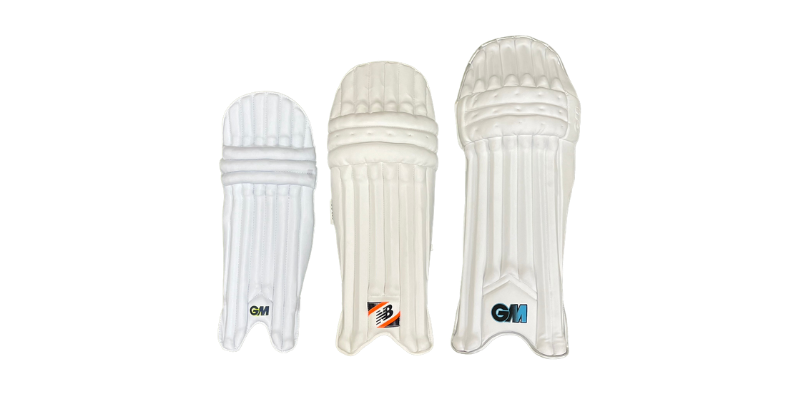How To Choose Your Cricket Batting Pads
Looking for a new pair of batting pads? In this video, Richard & Neil explain what you should consider when looking to buy a new pair of cricket batting pads including sizing, level of protection, and price.

Batting pads are worn by batters to protect their legs from the impact of the ball. As we know leather cricket balls can travel at high speeds and can cause serious injuries, so batting pads are an integral part of protective equipment.
Looking for a new pair of batting pads? In this video, Richard & Neil explain what you should consider when looking to buy a new pair of cricket batting pads including sizing, level of protection, and price.
Batting pads have several different features;

It goes without saying that the higher the level of cricket you play, the more protection you will need in your pads. If you play village cricket or are just starting your cricket career buying a more functional pair of pads makes the most sense to us.
Cricket Equipment can make quite a dent in your budget if you’re not careful. Before you set out to purchase any new equipment, you need to determine what your budget is and then stick to it.
As with nearly everything, the more money you spend on a product, the better the quality is likely to be. Top-end pads will have more comfortable foam and other padding as well as speciality design features like washable, removable pad inserts. If you have room in your budget, you may want to consider looking to upscale.

As we have already touched upon there are slight differences between left-hand and right-handed pads.
The typical batting stance in cricket leaves the outside of your leading leg exposed and the inside leg of your back leg exposed. Wings on left-handed pads will protect the outside of your right leg and the inside of your left leg, whereas for a right-handed player it will protect the outside of your left leg and the inside of your right leg.
Some brands offer an ambidextrous fit where both sides of the legs are covered, and pads can be worn on either leg.

Most manufacturers have a wide range of sizes for cricket batting pads. There are pads to suit the largest adult to the smallest child. You shouldn’t just buy a randomly sized set of cricket batting pads, though. Fit is crucial, there’s nothing worse than trying to run in pads that are too big for you!
While exact sizing varies from brand to brand, overall, they’re very similar. If you can’t get to your local cricket supplier to try on batting pads, you can measure yourself or your child at home to get the best fit possible.
When measuring up for your cricket batting pads, make sure you run from the middle of the knee to the top of your instep.
Size of pads | Height (top of the instep | The typical height of the player | Typical Age |
X Small Junior | 30 - 32 cm | Up to 4ft 6in | 6 - 8 |
Small Junior | 32 - 34 cm | 4ft 6in - 4ft 9in | 8 - 10 |
Junior | 35 - 37 cm | 4ft 9in - 5ft 2in | 10 - 12 |
Youth | 38 - 40 cm | 5ft 2in - 5ft 7in | 12 - 15 |
Adult | 41 - 47 cm | 5ft 7in - 6ft 3in | |
Large Adult | 48 - 50 cm | 6ft 3in + |
A top-level batting pad for an academy player or a division 1 league cricketer would range from £100+
An intermediate-level pad for the regular club cricketer would cost you in the region of £50 – £100
A basic pad that would do a job for an adult cricketer would cost you £30 – £50
Junior pads start from £25
TOP TIP – please be aware that pads do take time to break in. The protection needs time to mould to your legs. After you have worn them a few times they will loosen up.
Click here to see the range of gloves we offer at Serious Cricket, alternatively, please email Chris at chris@serioussport.co.uk for more information on the batting pads we stock.